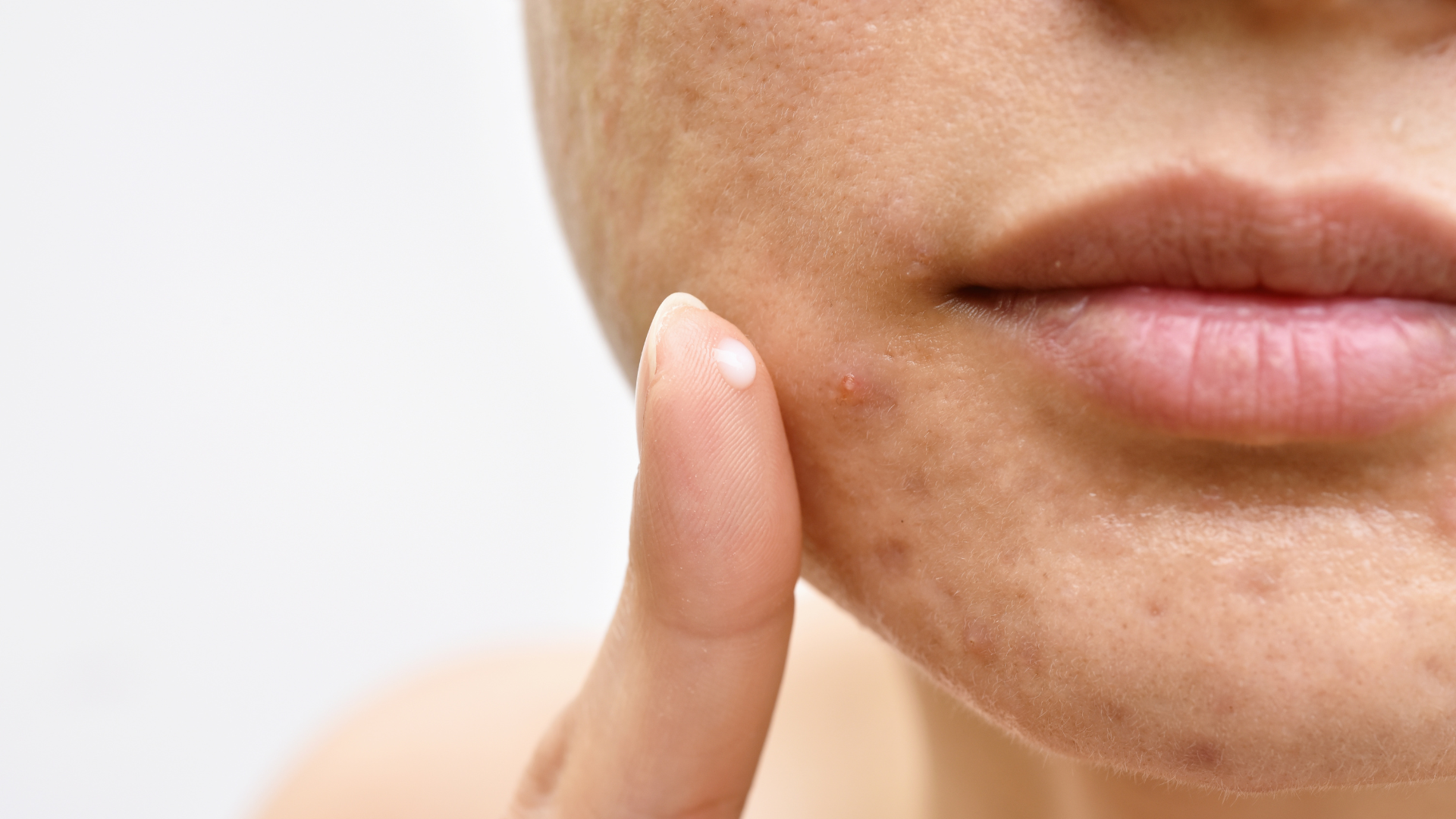The Ravages of Mercury

In the past few years, researchers have been looking at the mercury levels of Canadians. From average urban city dwellers to tar sands workers, our mercury levels can be very high.
Here is the problem with that. Mercury is well known to be toxic, and the symptoms it leads to can be quite varied.
In 2009, Pizzorno looked at several studies examining the effects of modest exposure to mercury. The following symptoms are most prevalent:
– Depression (73%)
– Memory Loss (70%)
– Anxiety (69%)
– Unintentionally Dropping Things (60%)
– Headaches (56%)
– Moody (45%)
– Shakiness in Hands (44%)
– Stomach Problems (43%)
– Fatigue (39%)
– Confusion (35%)
– Change in Smell or Taste (29%)
– Numbness or Tingling in Extremities (26%)
This variety of symptoms can make identifying mercury toxicity difficult.
Compounding the difficulty with diagnosis is that the standard blood test for mercury exposure will miss most cases of mercury toxicity. It has been designed only to identify acute, high-dose exposures, not a long-term chronic build up.
So doctors may test, but the results lead to a false reassurance.
Fortunately there are tests that are able to more accurately diagnose mercury accumulation. The most common is urinary heavy metals test.
If you are interested in seeing exactly how mercury affects the nervous system, have a look at the video below: How Mercury Destroys the Brain published online by the Department of Medicine at the University of Calgary.
So, what do we do about it?
First, it is most prudent to test whether mercury (or other heavy metals) are building up in your body.
Second, avoid, avoid, avoid. This may mean removing dental amalgams or choosing to eat fish with lower mercury. It’s worth it.
Finally, talk to the Doctors at Vive Integrative Health Group. Environmental medicine is a core part of our practice, and we have found through experience that removal of heavy metals will make an enormous difference in the long-term success of treatment.





